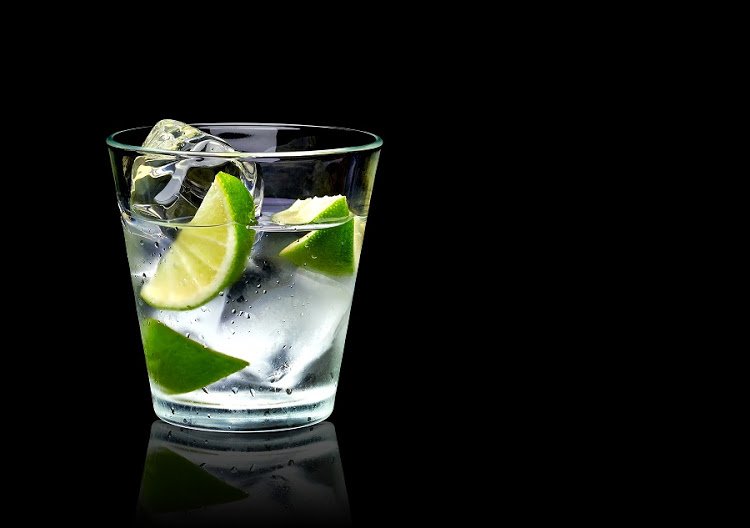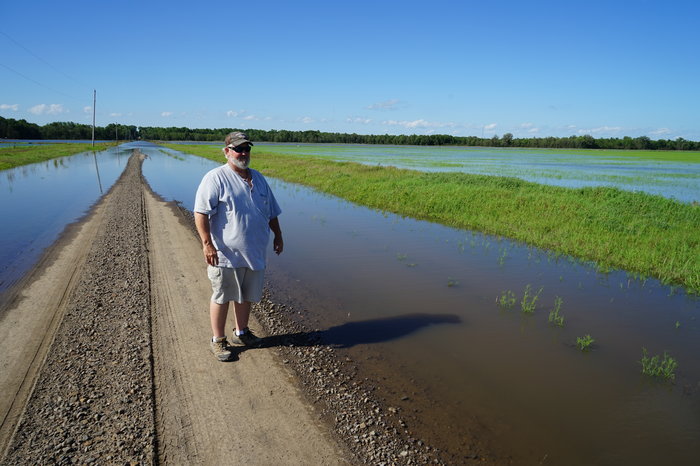Let me put it like this,” says Corrie Snyman, plant manager for 30 years at Rooiwal wastewater treatment works. “A contractor was given a job, he brought in a sub-contractor.
In 2018, Cape Town, South Africa's second most populous city, came very close to running out of water as the multi-year "Day Zero" drought depleted its reservoirs.
The Republic of South Africa is both the 25th largest in area and the 25th most populous country, with approximately 53 million inhabitants.
When you think of a country’s water resources, you may not realise that there are many kinds. Some is surface water, such as dams and rivers. There’s also groundwater, which includes aquifers and, in some places, artificial recharge schemes that transfer surface water below-ground to store it.
What is Structured Water?
- Hits: 2789
With all the hype about structured water spreading across the web these days it's time to shed some more light on this question: What is Structured Water?
As South Africa battles the third wave of Covid-19 vaccinations and amidst the chaos, destruction and looting that has taken place in parts of South Africa in recent weeks it’s easy to forget another looming catastrophe: a water crisis with potentially devastating consequences.
In the Eastern Cape dam levels are perilously low after a multi-year drought with dams servicing Nelson Mandela Bay at record lows. The province’s main water supplier is Koega dam which is currently at less than 4% capacity – of that only 1.5% is usable water. The second largest dam in the province is Impofu Dam which is at 16.64% capacity. Severe water restrictions have been imposed in the province to delay a potential Day Zero from occurring. While the Eastern Cape’s water shortages are primarily the result of a six-year long drought, the situation has been exacerbated by poor management of water infrastructure.
“A well maintained and sustainable water and sanitation system is essential for any functioning economy,” says Raymond Obermeyer, Managing Director at SEW-EURODRIVE. “Water scarcity has a profoundly negative influence, impacting economic productivity, livelihoods, safety and security.”Managing our water resources sustainably and responsibly, he adds, is even more important given the fact that South Africa – classified as the 30th driest country in the world – is a water scarce country. “The Department of Water Affairs and Forestry estimates that South Africa will have insufficient water supplies by 2025 unless we manage our water resources more efficiently.”
South Africa’s water infrastructure is in a woeful state after decades of mismanagement and inadequate maintenance. “The Department of Water and Sanitation is well aware of the extent of the crisis and has admitted that 56% of its 1150 treatment plants are in a poor and critical condition with 265 in a state of decay,” says Obermeyer, pointing out that Iris dashboard data confirms this revealing that 75% of wastewater treatment plants run by municipalities achieved less than 50% compliance to minimum effluent standards in 2020. “In addition to poorly managed water infrastructure the country has also allowed many of its rivers and dams including the Vaal River and the Vaal and Hartebeespoort dams to become polluted in recent years,” he adds. Earlier this year the South African Human Rights Commission argued that government’s continued failure to address the issue of pollution in the Vaal River and Vaal Dam has become a human rights issue and that responsible government officials should face criminal charges.
The deteriorating state of South Africa’s water infrastructure assets has been well documented, says Obermeyer. “In 2006 the South African Institute of Civil Engineering started publishing an Infrastructure Report Card which detailed the views of its members on the condition of a range of public infrastructure, including water infrastructure assets. The inaugural report was followed by subsequent report cards in 2011 and 2017. The most recent report classified the country’s bulk water resources infrastructure and water supply for non-urban areas as at risk of failure and blamed the deterioration on insufficient maintenance and neglect, funding shortfalls and a depletion of skills at senior levels.”
It finally appears that government have started to acknowledge the scale of the looming water crisis with the accelerated establishment of a National Water Resources Infrastructure Agency and the prioritisation of 11 water and sanitation related infrastructure projects valued at R106 billion. Four of these projects, valued at approximately R68 billion, are ready for investment with construction expected to commence in the next two years. For several years there have been calls for the establishment of a National Water Regulator, based on the theory that the Department of Water and Sanitation cannot be both a player and a referee in this space. Obermeyer explains that a regulator would ensure that regulatory oversight is separated from water resource management and water services provision. “Encouragingly, it appears that we are moving closer to the establishment of a water regulator with both National Treasury approving the idea and the Presidential Infrastructure Coordinating Commission Council formally proposing its establishment.”
Obermeyer questions why it has taken so long for government to start acting more proactively. “The reality is that South Africa’s water challenges are not going to be solved overnight. It takes many years to build water infrastructure and is expensive to fund. Given the constrained state of government’s finance there is the very real risk that funding challenges will delay these projects. As a result it may very well be public-private partnerships that will fund, implement and manage these water projects.”In addition to public-private partnerships, Obermeyer says South Africa needs to implement 4IR technologies to better monitor and control water distribution networks. “In a water constrained country such as South Africa, water must be treated as the very precious resource it is. We cannot afford waste through water leaks, for example.”“We need measurable action when it comes to managing water. A key element of this is to better manage our scarce water resources sustainably with infrastructure that is fit for purpose. Should we fail, the Eastern Cape will not be the only province contemplating a day in the not too distant future when the taps run dry.”
Newsletter Subscribe
AGRI NEWS NET "LIVE" FEED
- CRA Media independence is the absence of external control and influence of any other media. Our capacity is to "make decisions and act according to its logic," and distinguishes us from the vast majority of media- Committed, focused and always on time- Good positive News you can trust- We not part of the negative sensational news media of the 2025 century.
- This is AGRI NEWS NET- the world of Farming and Agriculture in your hand. "Good" News you can Trust- Updated 7 days a week- bringing you the latest News in Farming and Agriculture from all over the world. Tomorrow at 6 AM South African time you can start browsing again.
- First things first, scotch is actually a whiskey, er, whisky. Whiskey is the spelling in the United States and Ireland. Whisky is the spelling in Canada, Japan, and Scotland. What sets Scotch whisky apart from other whiskies is that Scotch whisky is entirely produced and bottled in Scotland. There is no wrong way to drink Jameson Irish Whiskey but, we do ask you to drink responsibly.
- We have Over 1000 professional Audio cast recordings- Its very popular- Click on the link and follow us. Our Audiocast include a weekly AGRI RUSH- Headline s of the week.
Popular News Tags
AGRI NEWS NET AUDIO CAST Feeding-
- What Needs to Change in Farming and Agriculture in 2025
- AGRI NEWS RUSH - News Headlines of the Week 18/01/2025
- Farmer safety in South Africa in 2025
- The Economics of Farming and Agriculture in South Africa 2025
- The global wine market 2025
- AGRI NEWS RUSH - News Headlines of the Week 11/01/2024
- Artificial Intelligence: All That Glitters Is Not Gold
- GLOBAL WATER OUTLOOK TO 2025 Averting an Impending Crisis















